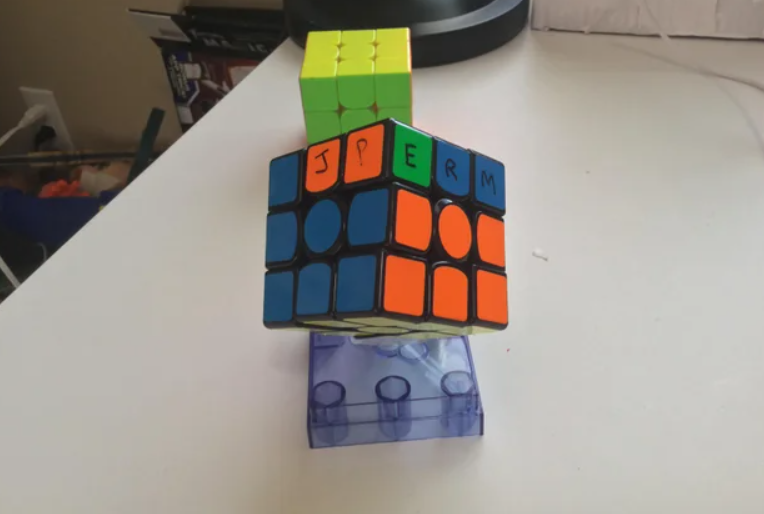JPerm Speedcubing is a method in which two adjacent corners and edges are swapped. This move can be combined with a further quarter turn of the last layer. The result is that one corner and edge will return to its original position and the other will continue its 3-cycles.
Commutator moves sequences
JPerm speedcubing is a complicated puzzle to solve. To solve it, you must find a commutator move sequence. In a commutator move, a corresponding pair of two pieces is rotated by an even number of quarter turns.
A commutator move sequence is built by using a simple algorithm known as a conjugate. These algorithms can permute pieces and orient them in the right direction, and can solve any cube variant, including a three-cycle cube. In addition, to use a commutator, the three-cycle cube must be of the same kind, meaning that two of the pieces must be on the same level and the third piece cannot be in a reference level.
Another method is known as the M2 method, which uses the same formula but swaps pieces one at a time. The M2 method requires the most skill and knowledge when solving a 3×3 puzzle. The commutator is the first two layers, the corner the third, and the final move is called the R move.
A commutator is a special kind of algorithm that achieves a specific effect on a Rubik’s cube. It’s a pattern, and each piece moves into it. It has two types of commutators: single turns and sequences.
J-perm method
The Jperm speedcubing method is a technique that involves swapping adjacent corners and edges. The moves in this technique are based on the CFOP algorithm. The sequences used in this method do not contain as much structure as longer sequences. Therefore, this technique is very good for cubing.
Solving f2l in 5 seconds
When solving F2L, it is important to have a good lookahead. This is vital if you want to finish a puzzle in under 20 seconds. The best way to improve your lookahead is to slow down when practicing. This eliminates the temptation to concentrate on the current algorithm and allows you to focus on the rest of the cube.
The first step is to predict the first F2L pair that enters the inspection. This is the most challenging part, but also the most rewarding. The sooner you can predict the first F2L pair, the less time you will have to track it down. In addition, if you can guess the next F2L pair, you can reduce the time you need to spend in the cross.
Next, you need to find the edge piece and the corner piece. Place them into the corner and edge slots, and then bring them back down. If the corner and edge pieces line up, then you are half-way through the puzzle. You will now be able to solve the F2L pair.

